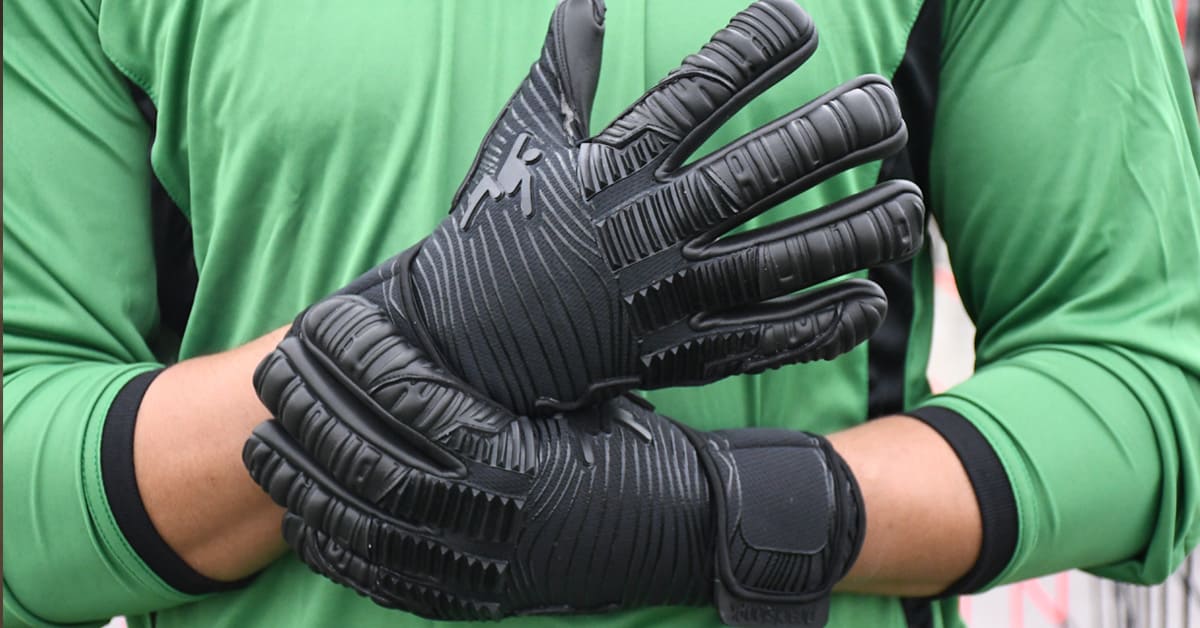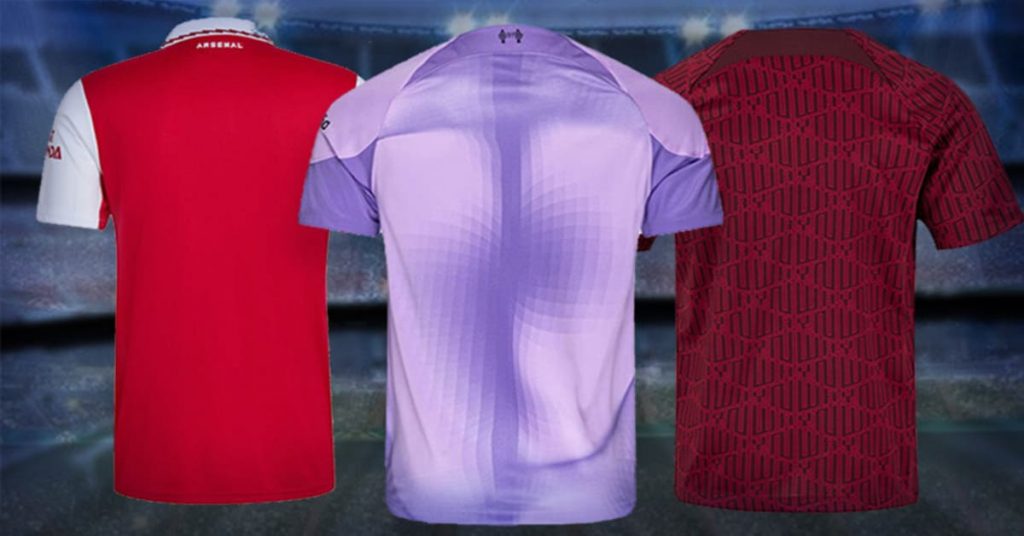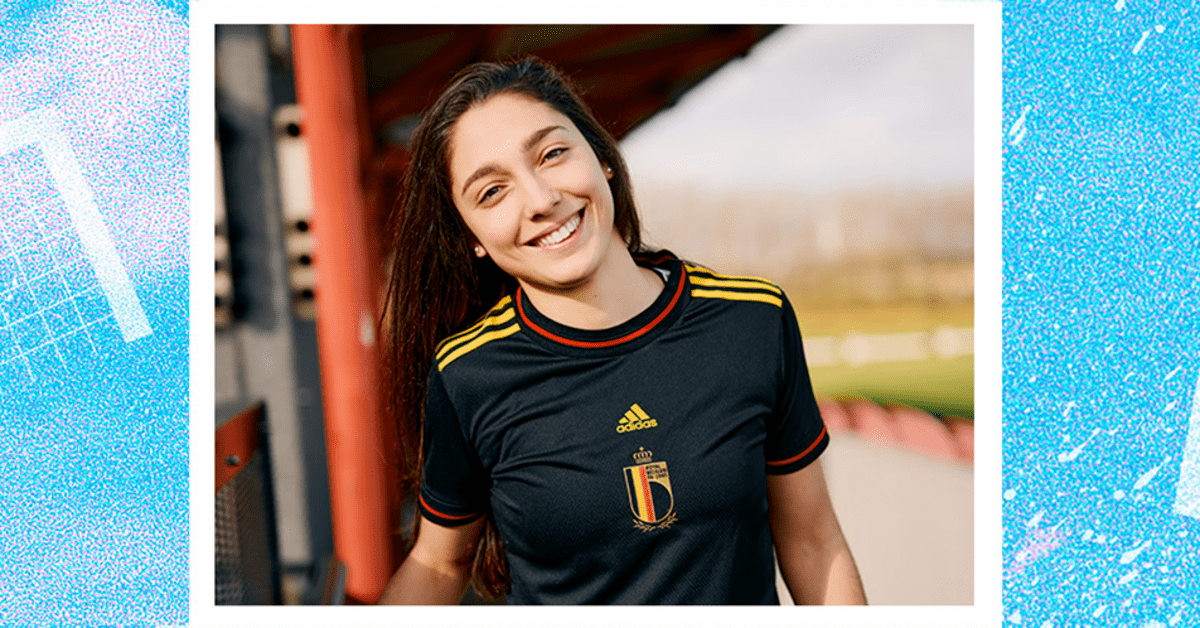When you’re playing in goal having quick reflexes, a long reach, and impressive reaction times will only get you so far, you also need some dependable goalkeeper gloves to help ensure you’re truly a safe pair of hands.
However, there isn’t a one-size-fits-all approach to goalkeeper gloves, you need to do your research and choose the pair that suits the size and shape of your hands in order to get the best out of them. For example, if your gloves were too large you might risk dropping a ball or having it sail straight through your mitts, or if they’re too tight you won’t have as much control and you could injure yourself.
So to ensure you find the right goalkeeper gloves, in this guide we’ve explained everything you need to know about them – including how their different components work and more about the types of cut and fit – to help you choose the right ones.
The Various Constructions of Goalkeeper Gloves
If we take a closer look at the construction of goalkeeper gloves, we can see there’s a great deal of intuitive design that goes into them to help make them safe, secure and effective at saving shots and holding onto a ball. This construction can specifically be broken down by the following different components in their build:
Backhand
The backhand – including the back of the palm and the fingers – tends to be made with quite a lot of padding. This is to provide protection to this part of your hand when punching the ball and in case a player accidently steps on it. The padding is usually made from foam, latex or a combination of the two.
Palm of Hand
The palm of a goalkeeper glove is what gives you grip for catching and trapping a ball. They’re usually made from latex and can either be smooth or dimpled. The former is often the type that’s used during competitive matches, and depending on their quality and price, they may be treated with an agent that makes them extra grippy. The dimpled kind are more hardwearing and tough, which is why people tend to wear them during training. They’re also made in different thicknesses, with the thicker variety naturally giving extra protection for your hands.
Finger Protection
This is arguably one of the most important parts of your goalkeeper gloves as not only does the finger protection keep your digits safe, it can assist you with your saves. More often than not you can find finger protection in one of two forms, either with or without ‘spines’, which are like plastic segments slotted along each finger on the back of the glove. What’s more, these ‘spines’ can either stay rigid or be slightly flexible. Those with the rigid spines will keep your fingers straight and will stop them bending backward or hyperextending from the shock or blunt force of something striking them. The flexible ones also do this but offer more movement and dexterity.
Wrist Support
Around the cuff of your gloves, you can also get additional support for each of your wrists. This might be in the form of additional elasticated or Velcro support straps or wraps. These not only help keep your gloves secure but can add yet another layer of protection to these often quite vulnerable areas. This latter point is especially relevant if you know you’re going to be diving at opposition players’ feet.
Closure
On a general level ‘closure’ refers to how well your gloves can be taken on and off and again and how comfortable and secure they feel on your hands. In simple terms, the better the fit, the more effective they’ll be as goalkeeper gloves. That said, you don’t want them to be too tight and a preferred option for many is to have adjustable ‘hook and loop’ strapping that can allow you to adjust how securely you have them fastened to your wrists.
Types of Goalkeeper Gloves
As we’ve already mentioned above, some goalkeeper gloves are designed to be utilised for different purposes and circumstances. However, you can even find gloves that are meant for extreme weather conditions and temperatures, as some pairs are better suited for use in strong wind, heavy rain and even snow.
Here’s a clearer breakdown:
Match Gloves
If you’re going to be playing competitive games at any level – so from school age to professional – you should look for match gloves. These are designed with a bigger focus on grip, but as they aren’t meant to be worn beyond just the matches themselves, they’re not as hard-wearing as other types.
Training Gloves
The name is again a giveaway for when these goalkeeper gloves are meant to be used. They’re also essentially the opposite of match gloves in that they’re not as grippy but far more durable so they stand up to the punishment they’re dealt during training sessions. They can also be used at any skill level.
Weather Specific Gloves
You can also get goalkeeper gloves that are designed to give you extra grip and warmth during wind, rain, or snow. This is thanks to the use of special latex on the palms that gets grippier when it gets wet. These gloves can also come with extra padding for increased insulation.
Cuts and Fits: Goalkeeper Gloves
The ‘cut’ of goalkeeper gloves is essentially the way the materials used for the palm and the backhand have been attached together. There are four common types of goalkeeper glove cut, with each offering different benefits for the wearer. So it’s really a matter of deciding which type suits your style of play, here are your options:
Flat Cut Gloves
The ‘flat’ cut is the most common type and it’s where the palm is made from one piece of material. The fit is usually a bit looser than others too as this allows for greater hand movement – so it’s ideal if you have big hands.
Rolled Cut Gloves
This cut has a tighter fit than others because it sees the palm material stitched around the sides and at the back of the fingers, giving the cut a ‘rolled’ effect. This helps give excellent grip and a more secure feeling on the hand. These are often preferred by more experienced players and professionals.
Negative Cut
This cut is ideal if you have smaller hands as it’s the tightest and most controlled fit you can get. This is because they feature a single piece of latex material that’s stitched together on the inside of the glove and attached to the backhand through gussets. Due to their fit this particular cut is also useful for younger players, or those who are just starting out as you can get that little bit of extra grip and security with your handling.
Hybrid Cut
As you might expect from the name, this cut is a combination of the above cuts. You can also get variations on these cuts, which means either having features of all of them or some of them. This can be the ideal solution for those of you who are looking to get the best of everything and essentially cover all bases with your next pair of gloves.
How to Size your Hand for Goalkeeper Gloves
The final consideration you need to make about your next pair of goalkeeper gloves is how to get the right size for your hands. The simple truth here is that if you get the wrong size, you won’t be able to get the full benefits their respective designs can offer you. What’s more, to repeat a key point, they probably won’t feel comfortable and you can increase the risk of suffering a sports injury.
So to avoid this from being the case, here’s a mini step-by-step guide to follow when selecting some goalkeeper gloves:
- Wrap a tape measure around the widest part of your palm (just below your top joints/knuckles) and find out the circumference.
- Take this number and round it up to the next inch. (So, if you’re 5.75 inches, note down 6.)
- Add another inch to this number. (So that would take you up to 7 inches.)
- Repeat this process on the other hand.
- You have your ideal size for each hand.
Now you know a bit more about goalkeeper gloves, the next thing to do is take a look through our product range and see which pair you may wish to buy and use for your next training session or match. Whatever you decide the bottom line is that these pieces of sports gear are a must, whether you’re playing in between the sticks for a GAA side or a football team, otherwise you risk suffering some of these common goalkeeper hand injuries.



